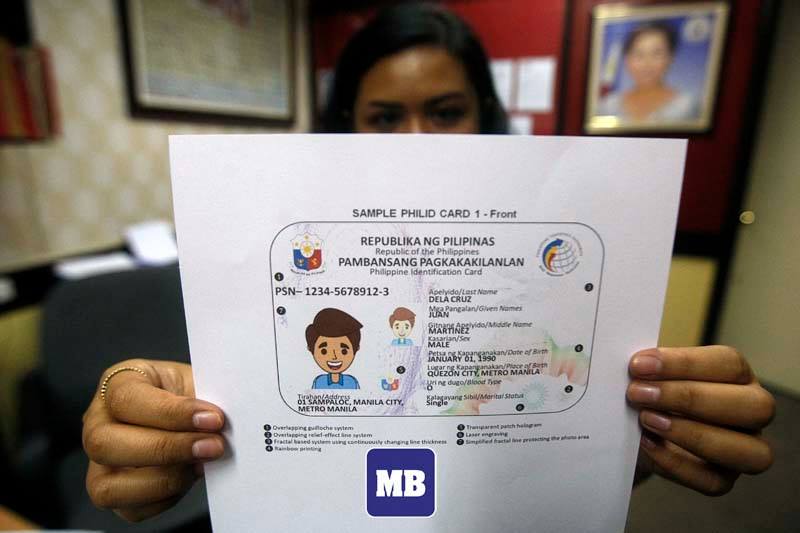'It's useless': Barbers pinpoints huge design flaw of national ID
At A Glance
- Surigao del Norte 2nd district Rep. Robert Ace Barbers has highlighted the huge design flaw of the national identification (ID) card that has practically rendered it useless--the lack of the bearer's signature.
 (MANILA BULLETIN)
(MANILA BULLETIN)
Surigao del Norte 2nd district Rep. Robert Ace Barbers has highlighted the huge design flaw of the national identification (ID) card that has practically rendered it useless--the lack of the bearer's signature.
Barbers says that he is getting swamped with complaints that the national ID, officially referred to as the Philippine Identification System (PhilSys) ID, is not being accepted as proof of identity to its owner.
“Without a specimen signature on it, the Philippine National ID has apparently been rendered useless as a proof of identity for its owner because it does not bear the holder’s signature,” said the Nacionalista Party (NP) stalwart.
While there are penalties for those who will not honor the national ID as a valid proof of identity, the solon from Surigao del Norte pointed out that “[The] simple inconvenience of a missing signature--as against those that can be found in passports, driver’s licenses or other valid IDs--makes the national ID an inferior form of proof of identity.”
“And with the absence of that signature, we really cannot blame those who require more valid forms of identification,” he said.
Barbers said that as a result, PhilSys bearers have also had to present other ID like their passports or driver’s licenses as proof of identity in complying with most business or government requirements.
Under Republic Act (RA) No.11055, which was signed into law on August 8, 2018, the PhilSyst national ID shall serve as a valid proof of identity that can be used to transact business with the government and the private sector.
Barbers also noted that, in several national IDs shown to him, the registration number indicated was actually not the “randomly-generated 12-digit permanent identification number that is assigned to every citizen or resident alien upon registration to PhilSys”.
“If you examine the card that has been issued, what you find is a set of 16 numbers situated above the bearer’s photograph. Where is the Philsys number?” Barbers asked.
As such, Barbers said he was going to seek a clarification from the Philippine Statistics Authority (PSA), which is the agency handling the rollout of the Philippine Identification System, in the absence of the signatures and the 12-digit permanent identification numbers from the IDs being issued.